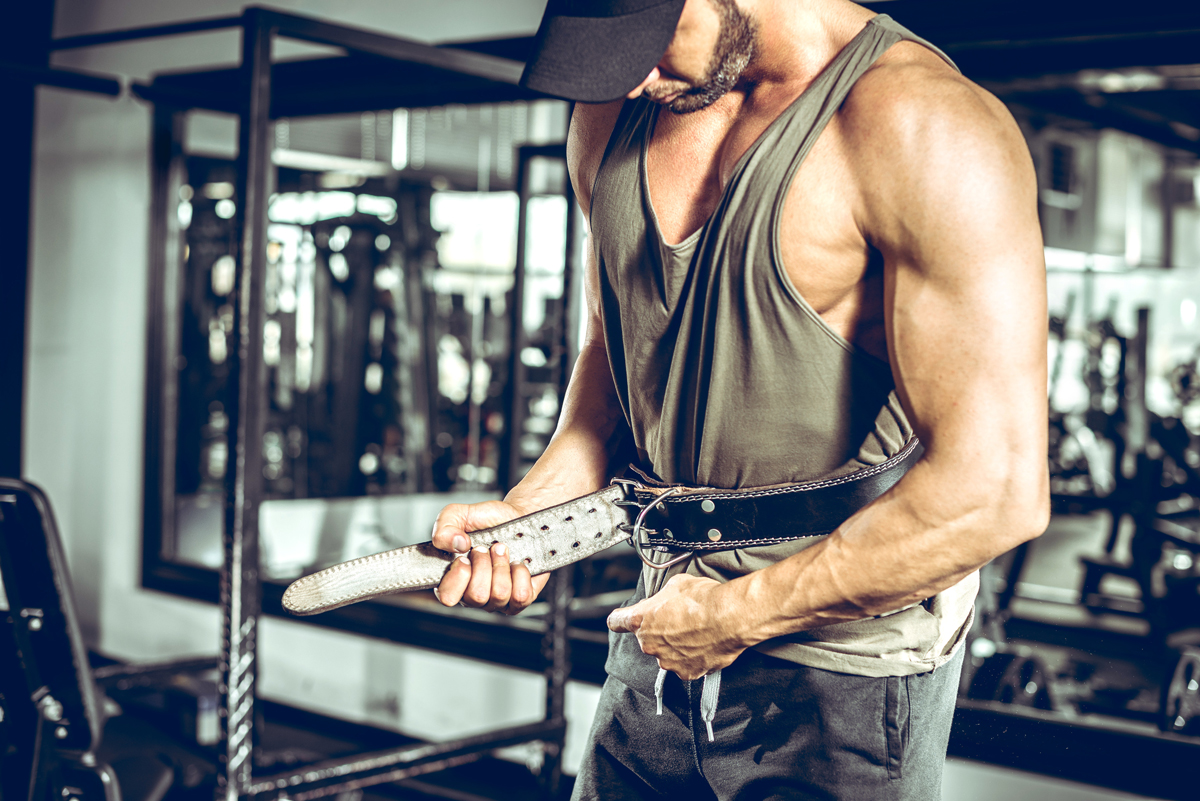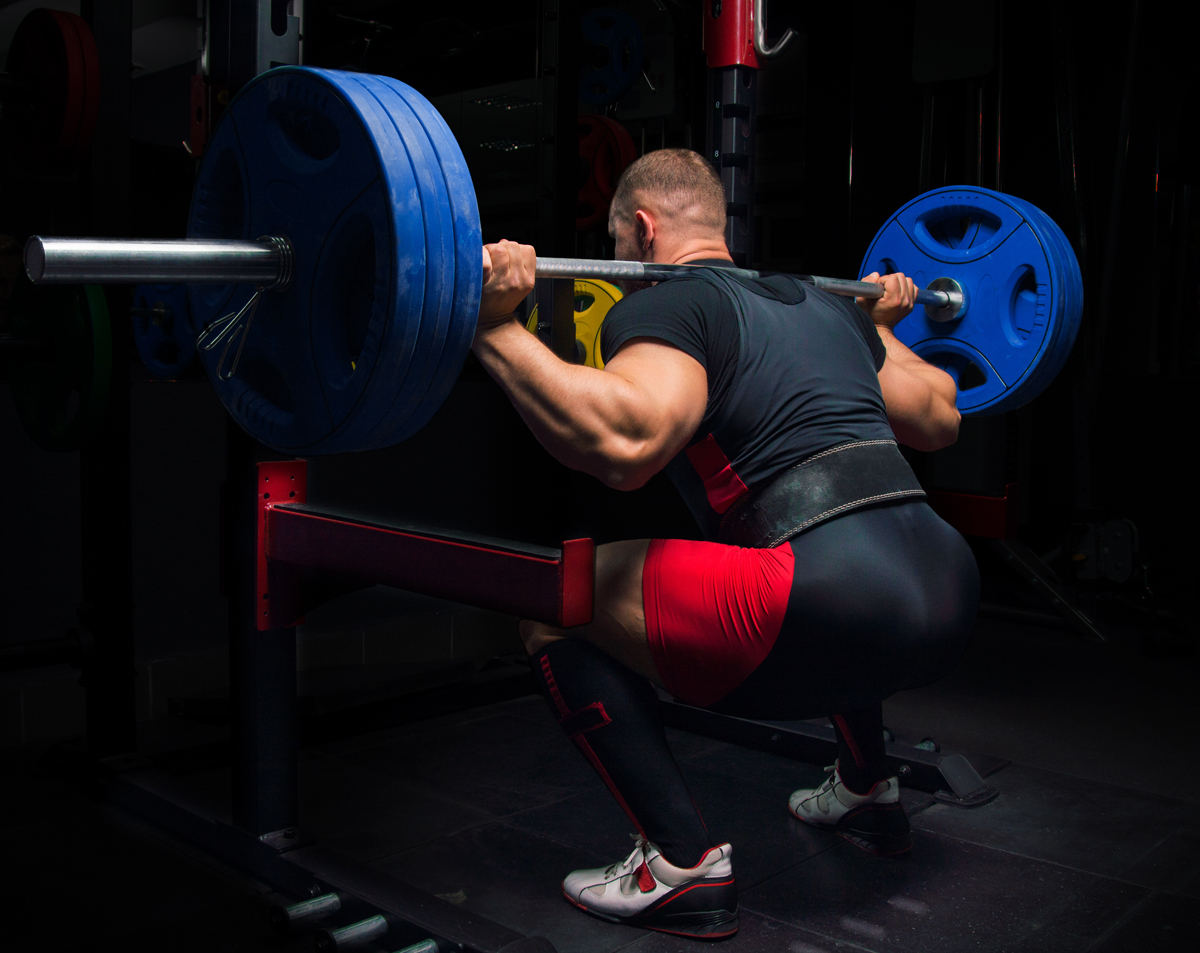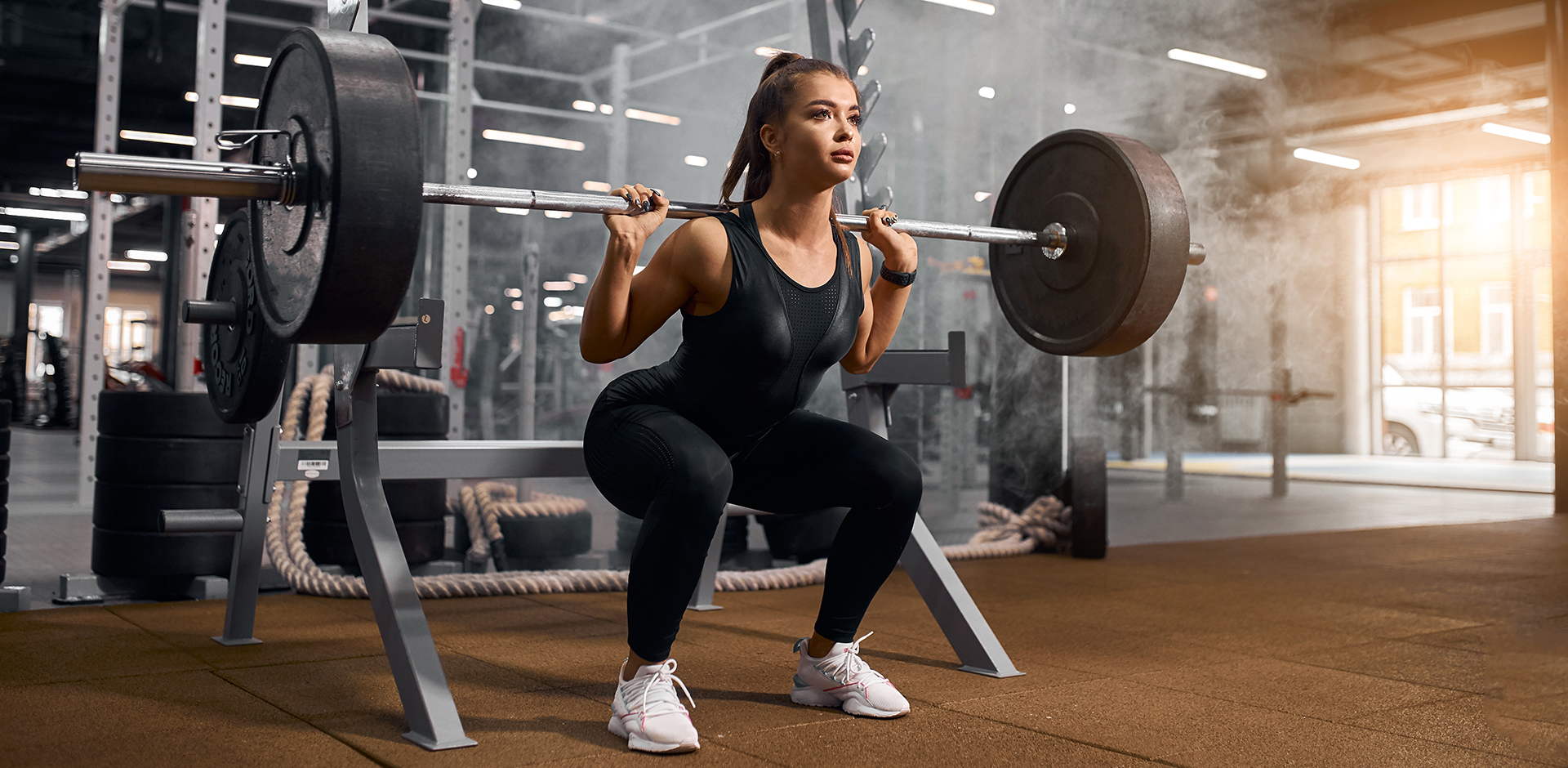Weightlifting belt is one of the most commonly used training accessory. Who should use it? When it should be used? Is the material and thickness of the belt important? Answers to these and other questions can be found in the article below.
Breathing properly

The most important thing you should learn before you start using a belt is how to breathe properly. The key is to focus on the work of diaphragm (a thin sheet of muscle between the thorax and the abdomen). Its role in the human body is not limited to the breathing. It is also important in the work of: the digestive and lymphatic systems, the fascial system and the stabilization of the lumbar and pelvic complex.
How to breathe properly?
1. Put your hands on your stomach.
2. Breathe in through the mouth.
3. Imagine that your belly is a cylinder that you fill from below with water.
4. During the breathe, the water in cylinder pushes it forward and to the side. Secondly, the chest rises.
5. Hold the air for a moment, pressing on your hands.
6. During exhalation, water flows out of the cylinder.
After you have mastered proper breathing, you must focus on maintaining the correct technique during the exercise. Before you put on your training belt, be sure, that you have mastered this issues, otherwise you will not use weightlifting belt correct.
What is the function of the weightlifting belt?
A correctly designed and selected belt increases safety during training. It should be used during complex exercises with greater weight. Its main function is to protect the spine. Weightlifting belt provides additional stability of the lower back. This effect is obtained by supporting the core muscles. The principle of operation is increasing intra-abdominal pressure, and thus the force with which the surrounding muscles work. In addition, the use of a belt sends a proprioceptive signal that allows stronger work of the abdominal muscles. Thanks to the more stabilized spine, it is possible to use higher loads in compound exercises.
How to use a weightlifting belt?

The belt should not be worn as tightly as possible. It can't be squeezed like a corset. Leave some space for active work of the abdominal muscles and the possibility of "pushing into the belt". If you don’t do this, you will limit your options and of helping yourself. In order to use the belt properly, you should breathe "to the waist". Always try to expand the belly across its entire width (front, side, back). Using an accessories during a complex of exercises with heavy weights is very helpful. On the other hand, prolonged wearing of the belt and using it throughout the whole workout can have harmful effects. The body naturally begins to rely on passive support provided by external aids. Basically, when we rely on the belt all the time, the core muscles are weakening. Therefore, strengthening and creating stability without using it, during the workout with lower loads should be a priority. It is a myth to say that whenever you put on the belt, it impairs your muscle function. Due to the external pressure exerted by the belt, the muscles can flex with greater force. However, properly developed training should include a series of exercises with and also without using it.
Which belt should you choose?
• Leather or Velcro?
The Velcro belt is not a professional tool to help you with heavier weights. It does not significantly support the work of the abdominal prelum. If you want to improve your strength results, you should choose a leather belt.
• Belt width and thickness
A correctly designed belt has the same width along the full length, usually it is about 10 cm. It should operate evenly around the entire circumference of the torso. It should not narrow at the front and widen at the back. Appropriate thickness is about 10-13mm. The thicker the belt, the greater the support during the exercises.
Does the belt improve your strength results?

Correct use of the belt in all likelihood will improve your results in compound exercises. Most people who use the belt will achieve 5-15% better performance than without using it. However, when the discrepancies are too significant, in the order of 30%, you need to strengthen the central stabilization, without additional accessories. Otherwise you run the risk of injury.
Summary
A weightlifting belt is not essential for training. People who start their adventure with the gym, should definitely focus on the correct technique of breathing and exercise. In contrast, athletes with greater experience who use heavy loads and base their training on complex exercises will get benefits from the use of additional help. In this case, the weightlifting belt will primarily increase safety and may also significantly improve strength results.





